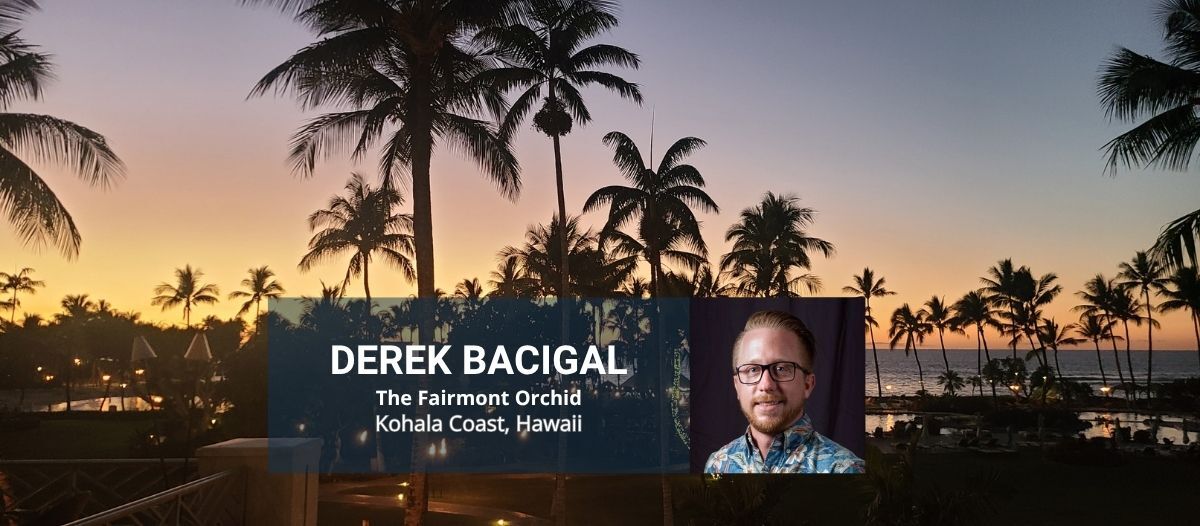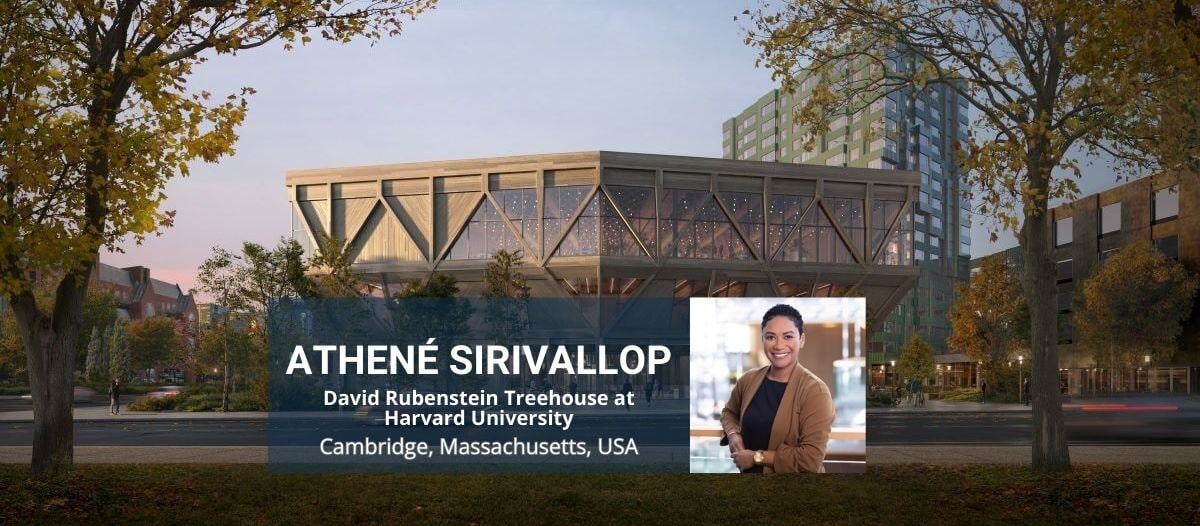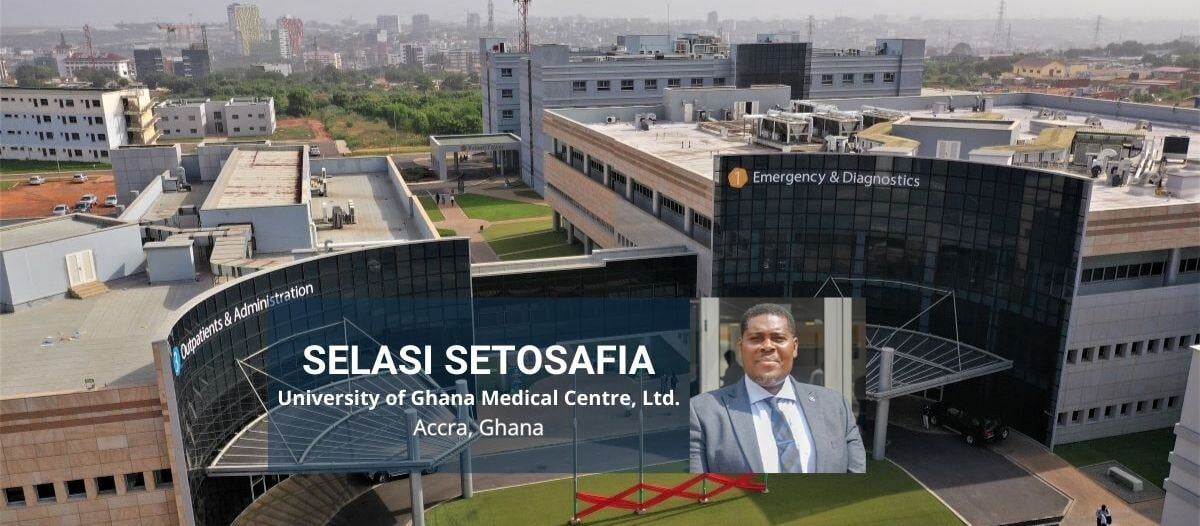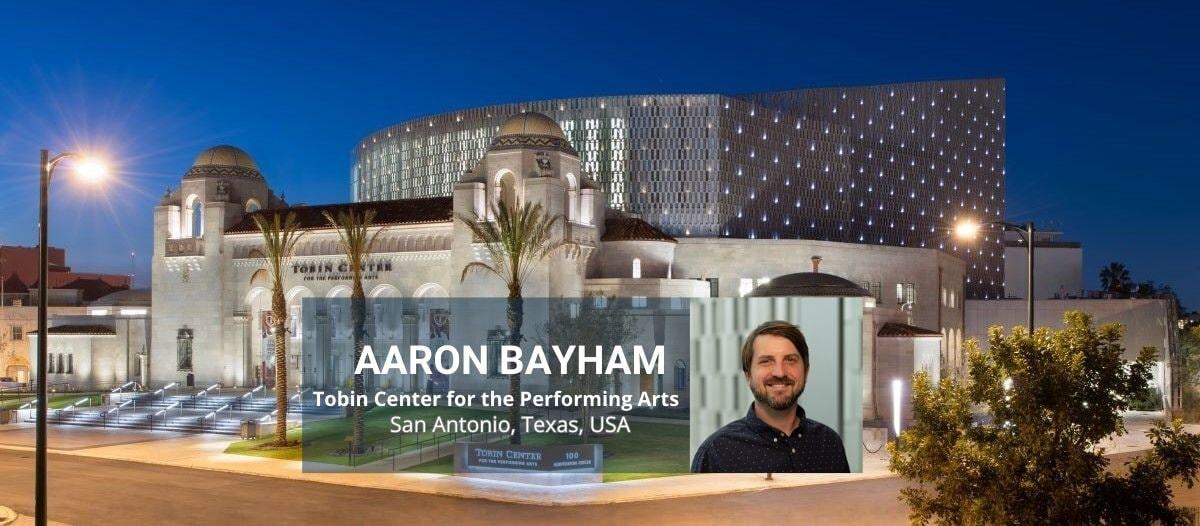Tell us about yourself and how you got into FM.
I’m originally from Lansing, Michigan USA. In high school I took all my electives in drafting, architectural education and took offsite classes at our local community college Building trades program. In 2010, I started my path toward facility management while studying architecture in Michigan. The economic collapse hit hard in my local area at the time with many friends and family losing their jobs and assets. I asked myself who is still working in these poor financial times and who is making good money doing it as buildings were no longer being built. It was the operators. I began studying FM at Ferris State University where I volunteered for several nonprofits helping with their FM needs and served on the Ferris State IFMA student chapter. After graduating magna cum laude, I started working for CBRE as an assistant FM at Dow Global Headquarters in Michigan. Knowing I had an inner need to travel and a desire to work in a tropical location, I joined Hyatt Hotels at their largest property, Hyatt Regency Chicago.

Later I was internally recruited to San Francisco, California USA where I became the Project Manager of an US$80 million property improvement renovation at Hyatt Regency San Francisco Airport. During this time, I studied at Cornell University in system design and project leadership. From there, I became chief engineer for the U.S. Army at Hale Koa Hotel at Waikiki in Hawaii. Soon, I became the director of engineering for this 72-acre, 818 guestroom resort that runs at 99.8 percent occupancy annually. With my skills in programming, design, construction and operations I developed strategic and tactical asset management plans. I secured funding and managed in house operations, design and construction for more than 200 construction contracts valued around US$150 million. Through my time here I won many awards for my FM, construction, leadership and sustainability efforts. I also served on the IFMA Hawaii board of directors, led the academic advisory board for of the University of Hawaii FM program, Young IFMA Chair of Americas and director at large of the Hawaii Lodging and Tourism association – Engineering Advisory Council. During these years I also earned several credentials and studied strategic business management and leadership at Michigan State University. I traveled the world helping the Army with their other Armed Forced Recreation Centers and attended and hosted several IFMA events for students and young professionals while speaking on panels at IFMA events. I also serve on the IFMA Americas Advisory Board representing the young professionals and taught at UH’s FM program. I now serve as the director of engineering at the Fairmont Orchid in the luxury community of Mauna Lani in South Kohala.
 What is day-to-day life like at the Fairmont Orchid?
What is day-to-day life like at the Fairmont Orchid?
My day starts early by leading the department through a variety of stretches getting them ready for the day. I oversee facility operations, landscaping, aquatics, engineering project and asset management for 32 acres of oceanfront property. My team consists of project managers FMs and a variety of unionized trades.
Every day is a new adventure in the hospitality world, where you can find yourself on a beach, in a ceiling, collaborating on an international call in the C-suite or working in a sanitary lift station that is what makes it fun.
Our engineering team ensures quality in our work and product. In the early morning we work on projects and get our contractors lined up for their fieldwork, followed by an operations meeting between leaders. The Fairmont Orchid has about 90 leaders and 600 employees who deliver luxury services every day. We host various travel and business groups with an average length of stay of around six days. We have indoor and outdoor meeting space where we host Ironman events, medicals groups, academic groups, scientists as well as tourists
The Fairmont orchid opened in 1990 and features 540 guest rooms/suites, seven food and beverage outlets, The Spa without Walls, a tennis facility, more than 100,000 square feet of meeting space and a variety of recreational services. We wear many hats juggling operations, guest requests, strategic planning, managing service and construction contracts, and problem solving.
What makes the Fairmont Orchid unique and what kind of unique challenges do you face?
We deliver luxury hospitality on the remote Kohala Coast of the Big Island of Hawaii. This remoteness continually provides supplier and logistical issues with resources critical for operations. Coupled with the high housing costs and lack of technical education, there is an even greater challenge finding competent workers and contractors to meet our everyday needs. Oftentimes we must fly in contractors from outer islands or the U.S. mainland to accomplish our goals. FM on the Big Island and within Mauna Lani is also different from the physical place as majority of the ground is igneous rock (dried lava). The Big Island has three active volcanoes which create consistent earthquakes and opportunities for tsunamis along with five months of hurricane season. These factors alone make our business continuity and emergency management planning a priority as we must react to protect our people and place. Other Hawaiian challenges include gases emitted by volcanoes which affect indoor and outdoor air quality, often resulting in increased filter changes in air handling units. With consistent hot weather along the coast, water quality management is important in treating a variety of water systems. We also have special operational and project requirements associated with preserving marine life in the ocean making sustainable operations paramount for the people and place.
How much space do you manage and how is it used? We have 2 million square feet across a dozen buildings across 32 acres. Much of the property is broken up into front-of and back-of-house spaces creating a seamless Hawaiian luxury experience for the guest while supporting staff making. Managing sights, sounds and smells is paramount in executing operations and maintaining the guest experience in a resort environment. We have a variety of spaces from the spa to tennis, to luxury lounges, restaurants, meeting spaces, offices, shops, fitness facility, aquatics facility, gardens and outdoor recreation spaces.

 Tell us about your FM team.
Tell us about your FM team.
Our FM team is a mixed culture of hand working tenured staff five continents, all of which share the Aloha spirt. Our team is skilled in maintenance, operations and landscaping all performed in house.
How does being in Hawaii change FM strategies?
The UV rays are very high causing degradation on surfaces of the built environment and limits working in the direct heat for extended durations in the middle of the day. The salty air also contributes to extreme corrosion on metal surfaces, so our team is well versed in coatings to reduce the consistent degradation of surfaces and structural complements. We are also prone to high winds as they push through the valley at certain times in the month. Contracting work is difficult as there are few local options. Sometimes we must fly people in from other islands or the mainland. This makes contract competition and solicitation for multiple bids difficult as the Hawaiian construction industry is busy and competitive.
What are some FM challenges you face that are common across the FM industry?
Like other organizations, we share the same challenges of lack of trade workers, FM professionals and supply chain issues. Inflation is presenting its own challenges as well. We continue to compete for resources.
 How is FM changing for young professionals and how are young professionals changing the industry?
How is FM changing for young professionals and how are young professionals changing the industry?
FM is becoming more important than ever with increasing regulations on the built environment. There are a variety of roles for today YP all of which could send their career in different directions such as working for an owner, vendor, service provider or management company. As the older generation continues to retire more big FM roles become available. YPs are changing the industry through their value for flexible workspaces and greater adoption of technology. These values will continue to shape and change the built environment for the occupants and operators as we know it. Today’s YPs are planning and building the workplace of tomorrow.
What do you like best about what you do?
Every day is different, and I have had the opportunity to lead all aspects of our FM program. This allows me to continually learn, create strategic change and ensure life, health, safety and aloha are present within our built environment.
Read more on My Facility
Explore All FMJ Topics










